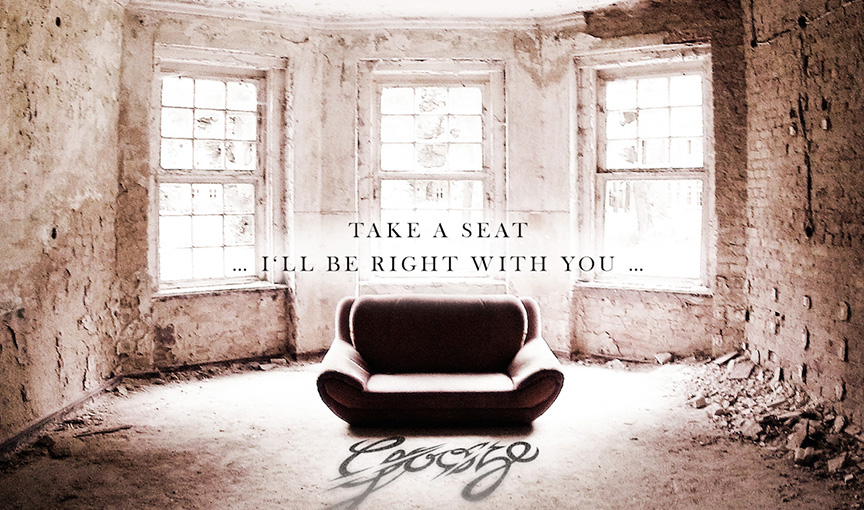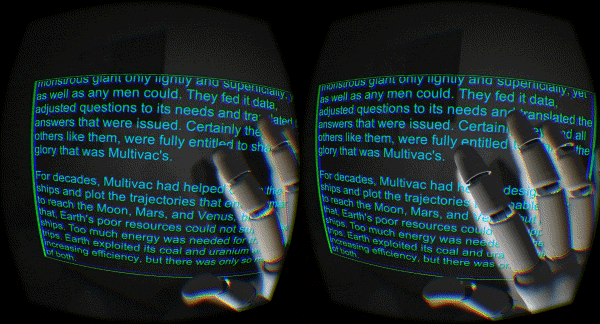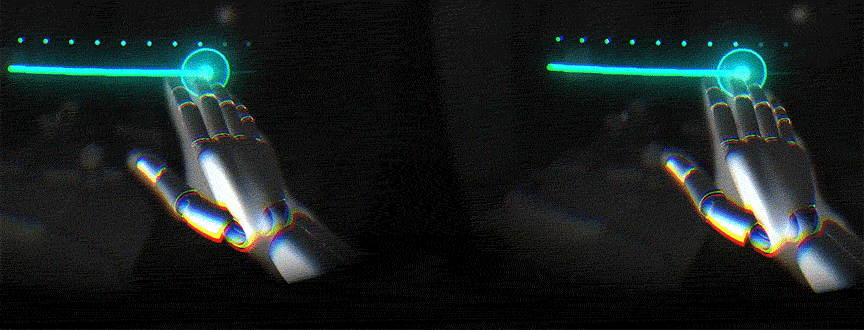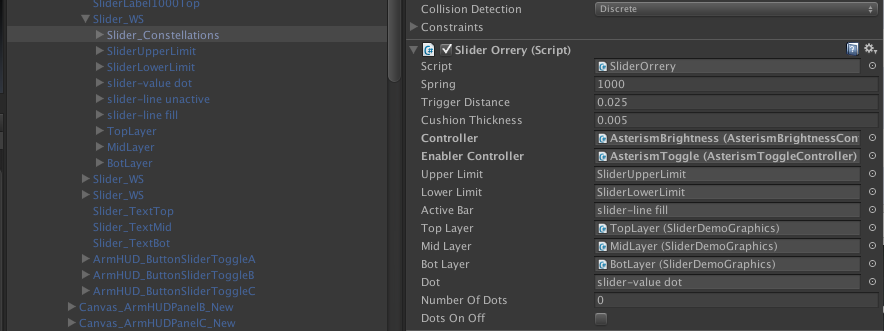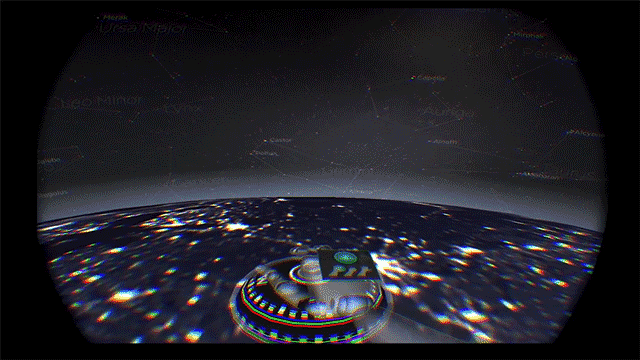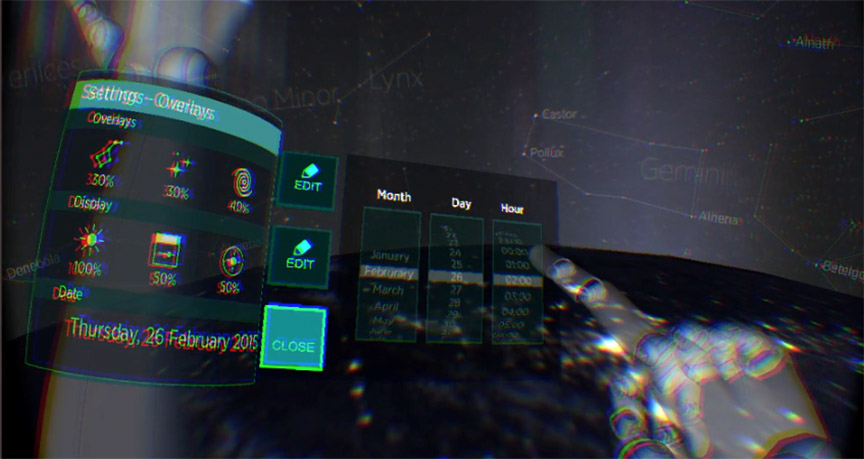Over the next several weeks, we’re spotlighting the top 20 3D Jam experiences chosen by the jury and community votes. These spotlights will focus on game design, interaction design, and the big ideas driving our community forward.
Finishing in 12th place, Fiery Things’ Gooze is a survival horror demo based on a real abandoned hospital near Berlin. The game, available for the Oculus Rift, involves solving puzzles to travel from room to room – all while avoiding strange entities. We caught up with creator Daniel Wiedemann to ask about the real-life inspiration behind the demo.

